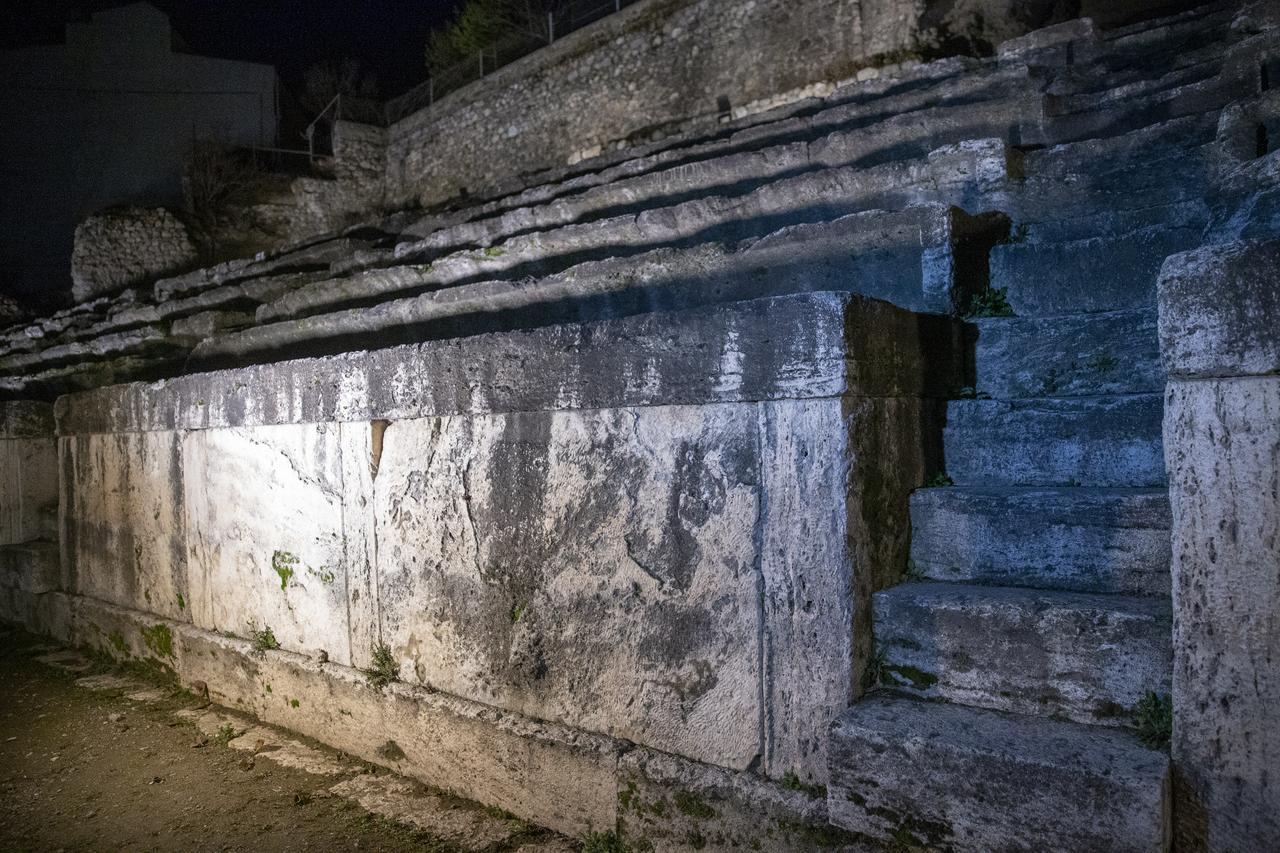
In the heart of Bolu, Türkiye, archaeological discoveries have uncovered traces of Claudiopolis, an ancient Roman settlement that once thrived where the modern city now stands.
Among the most striking remains is the Claudiopolis Stadium (or Stadion), identified by the Bolu Museum Directorate in 2008, which sheds light on Roman architecture, urban life, and gladiatorial culture in Anatolia.
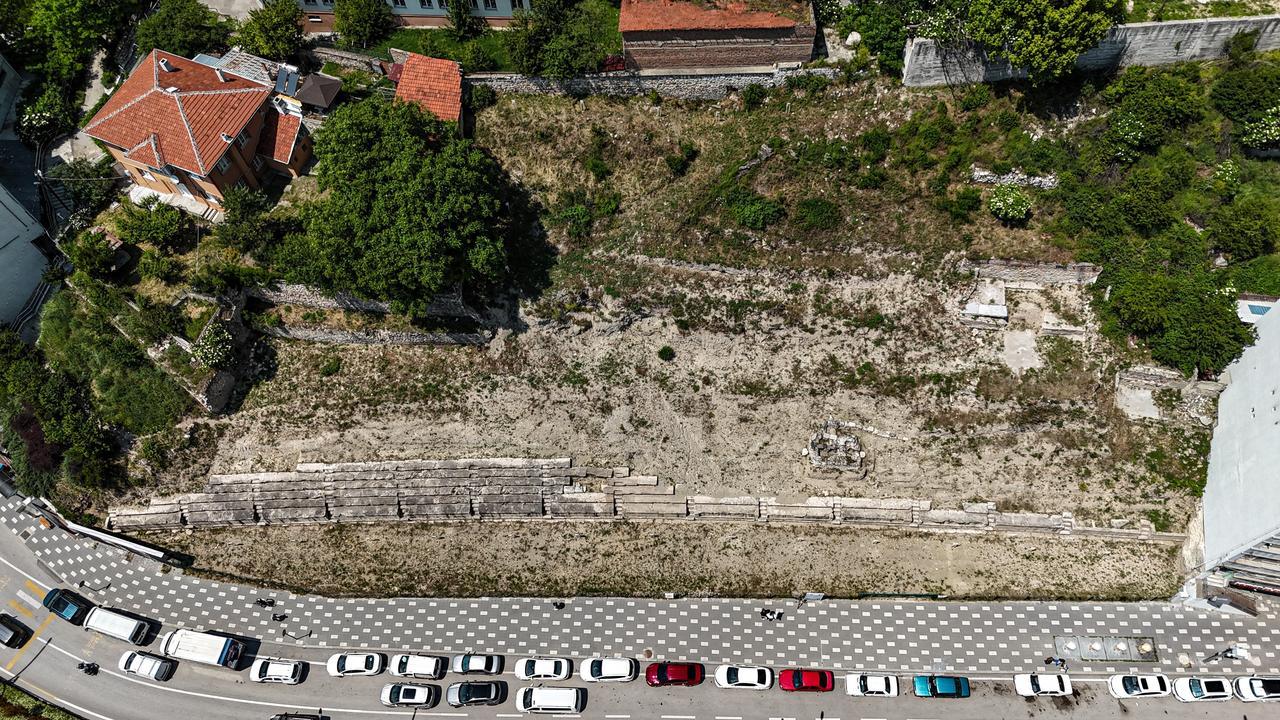
Excavations have revealed a rich collection of structures dating mainly to the second and third centuries A.D. These include mosaic floors, large necropolis (cemetery) areas, a Roman road stretching 15 meters, temples, baths, and churches.
The settlement spread over Hisartepe, Kargatepe, and Firkatepe hills, while necropolis areas were found in districts such as Tepecik and Karakoy. This broad distribution highlights the city’s size and importance.
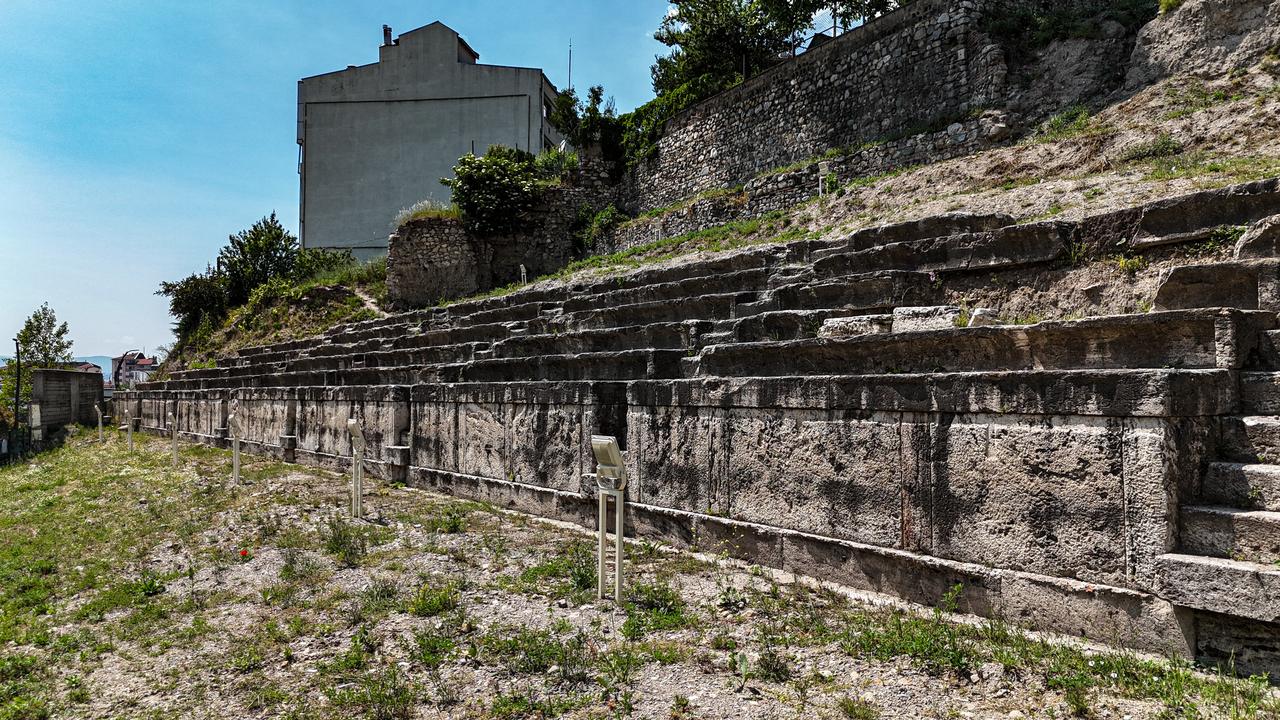
Emperor Hadrian, remembered as one of Rome’s “five good emperors,” visited Claudiopolis during his journeys across Anatolia.
Archaeologists believe the city’s people honored him by building the stadium in his name, reinforcing its role as a hub of civic and cultural life.
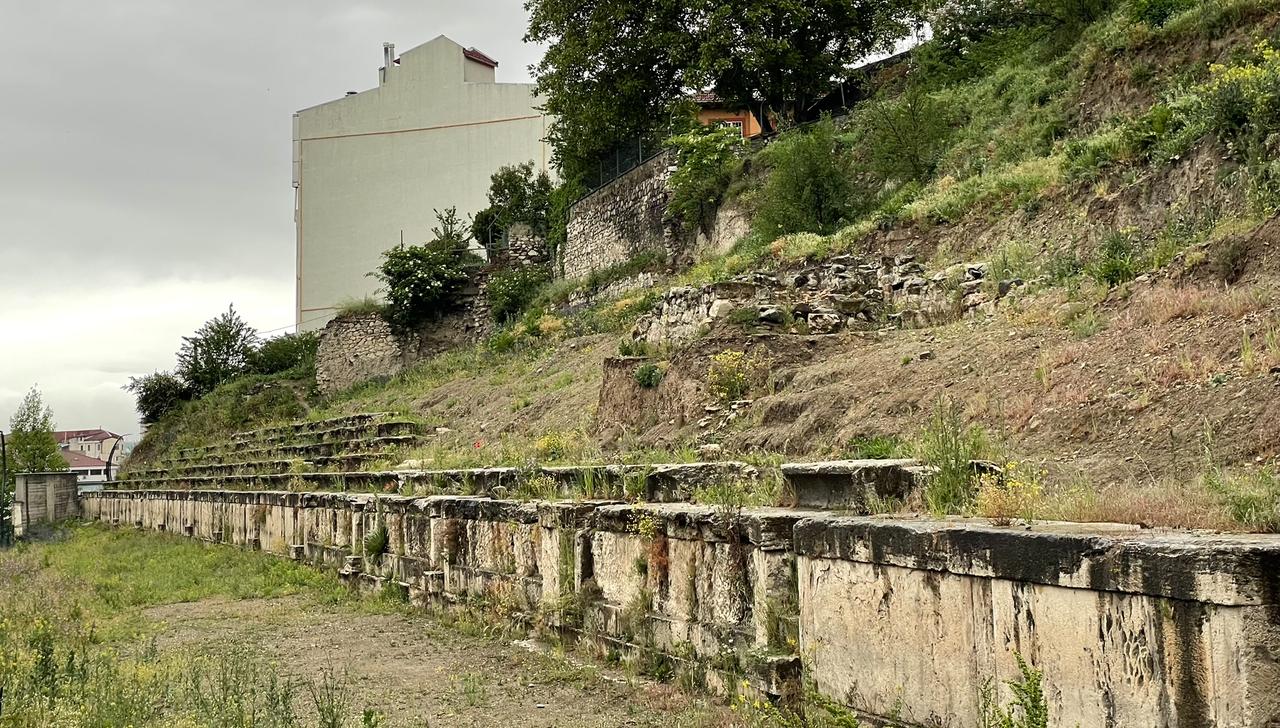
Rescue excavations in 2008 uncovered five rows of seats and a preserved section with fourteen steps, confirming the site as a Roman stadium. The most decisive evidence came from a construction inscription found in the balustrade section separating the track from the spectators.
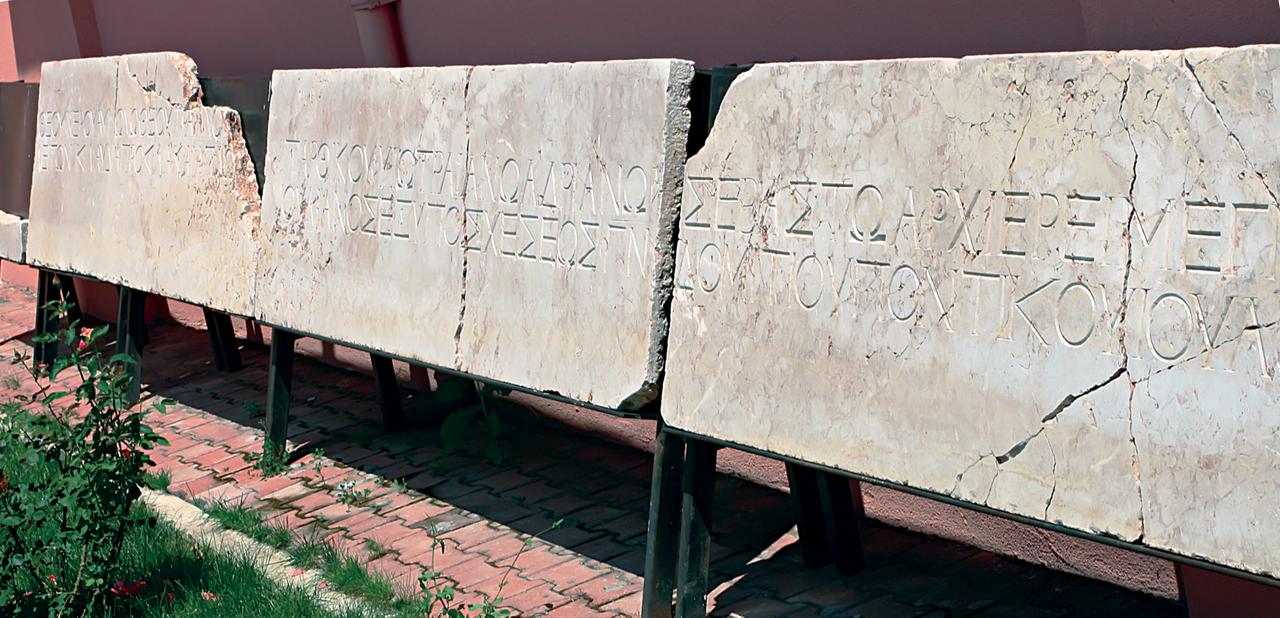
The inscription stated: “This stadium was built by Domitius Ponticus Lulianus and his daughters Claudia Prokla and Ailius Plotius Lulianus … and dedicated with their own money to the Emperor Caesar Traianus Hadrianus, once consul and father of the fatherland, and to his household and to the sacred senate and to the people of Rome and to the advisory council and the people of Claudiopolis.”
This inscription shows that the Lulianus family funded the project and dedicated it to Hadrian and the city itself.
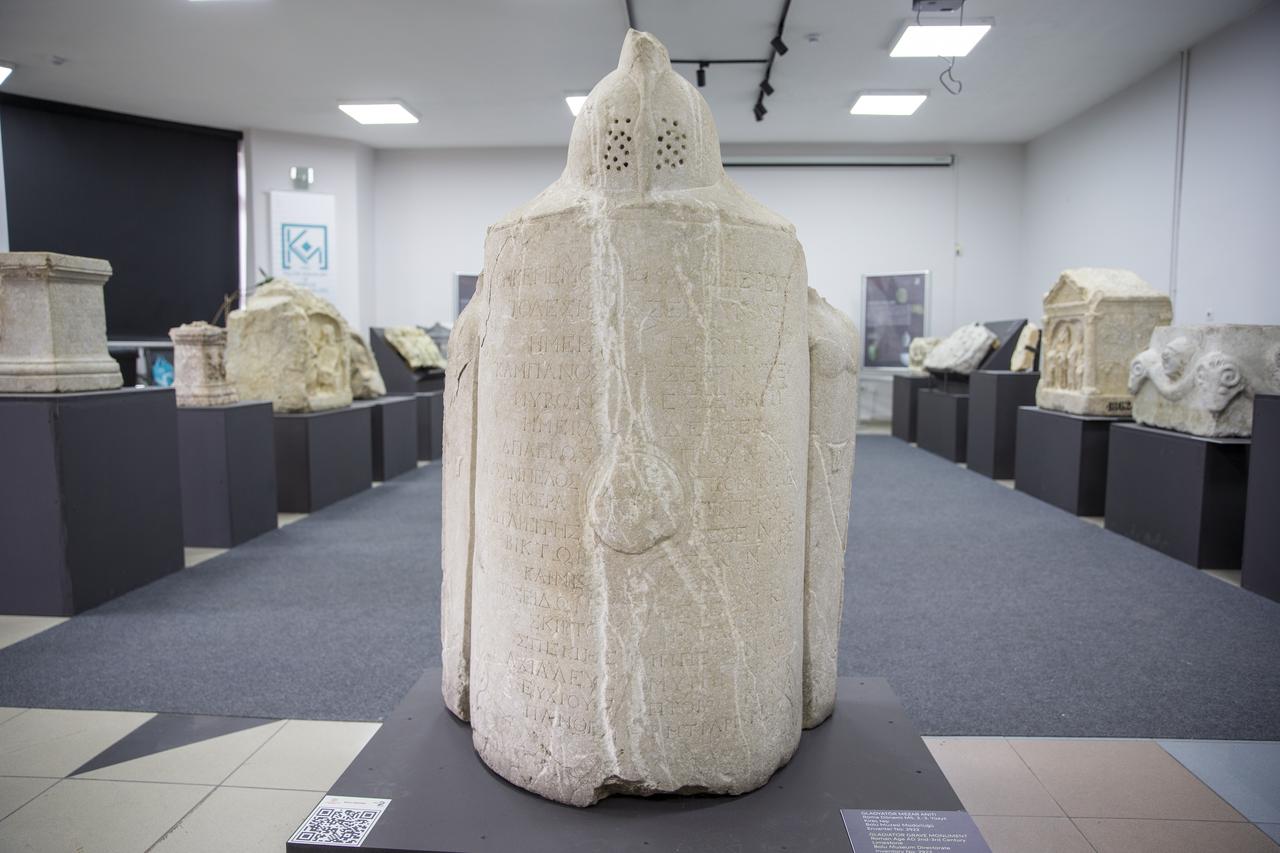
Findings from the Bolu Museum include gladiatorial inscriptions that point to the games once staged in the stadium. A rare monument carved from limestone, shaped like a gladiator’s helmet and shield, carries dolphin motifs and commemorates fallen fighters.
Another inscription records: “The priest Secundus erected it for gladiators who fought one on one.” Evidence suggests Secundus financed these contests, highlighting the city’s involvement in Roman gladiatorial traditions.
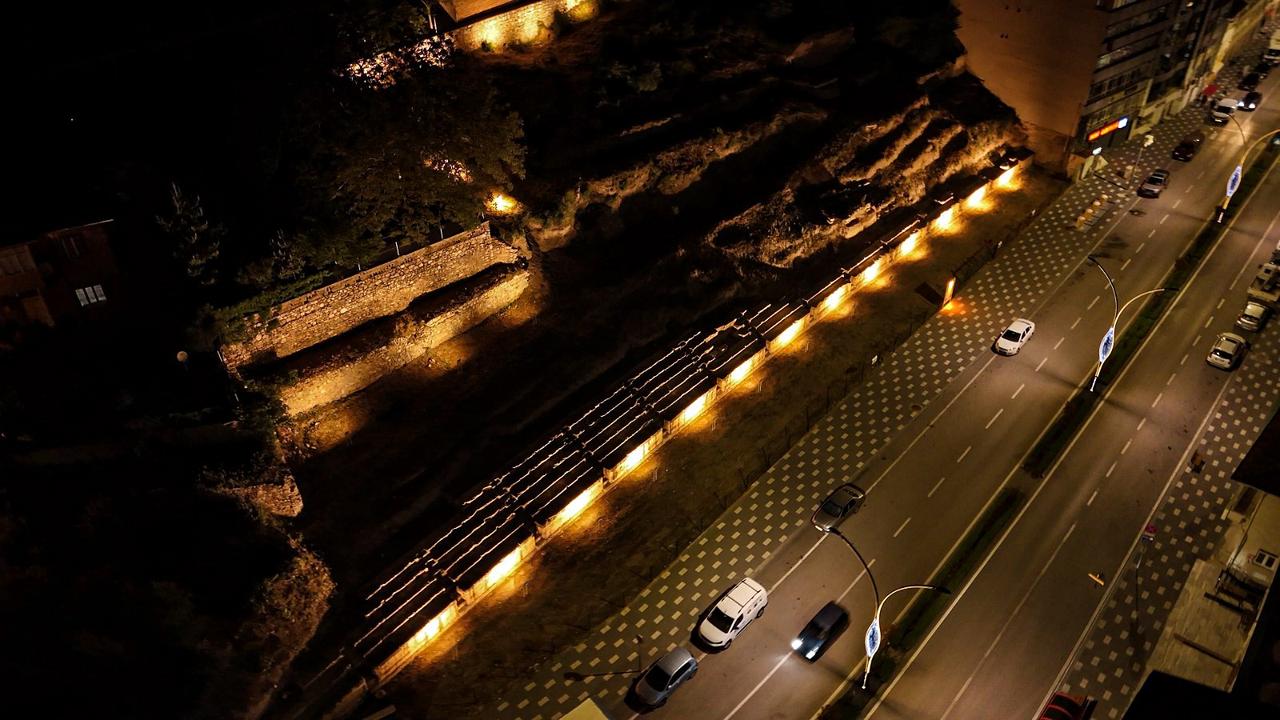
Claudiopolis flourished through the Hellenistic, Roman, Byzantine, and Ottoman eras. However, constant urban development has put pressure on the ancient layers. Many architectural traces of the Ancient Age have vanished, leaving the stadium as one of the few enduring remains beneath the modern city.
Archaeologists stress that undiscovered remains likely still lie under Bolu’s urban fabric, though ongoing construction risks erasing them forever.